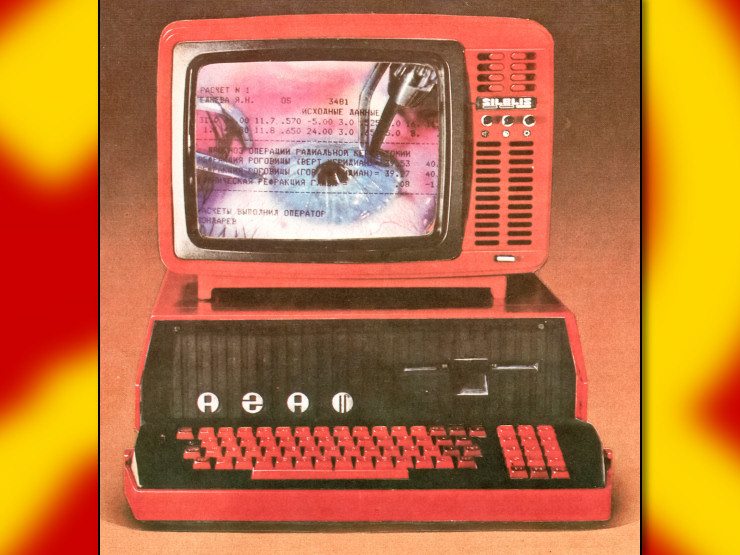TL;DR:
The Windows File Explorer is now dependent on Microsoft Recall being installed on Windows 11 24H2 editions and likely later.
This means that if you wish to use newer versions of the Window file explorer, you have to install recall on your system. Recall is a deeply-rooted, non-negotiable feature on all modern versions of Windows.
Solution
If you wish to strip out recall from your system, you are no longer able to use the built-in graphical file explorer and must use a third-party tool, and if you’re not allowed to do that on the machine, then you are forced to have recall running on the system as it doesn’t appear on any graphical settings pages.
The other solution is to prepare for transitioning into a free operating system such as GNU/Linux with distributions such as Linux Mint which is designed specifically for that transition. You can also run an older version of Windows and refuse to update.
Errata
Turns out that this issue has been exaggerated and that there are ways to disable co-pilot on Windows machines (or at the very least, command Windows to do so). Also it’s debatable whether this program does any harm on non “copilot” computers but you can be the judge of that.


My suggestion is to start with the KDE version of Fedora. It supports a pretty huge amount of hardware, so odds are good that your wireless NIC (and other hardware) are likely to work right out of the box. The installation flashdrive doubles as a live working system that boots off the USB stick, so you could test out your hardware to see if it all works without actually removing Windows yet.
The KDE settings GUI is good enough that you likely won’t need to worry about commandline stuff for awhile. KDE has a default layout similar to Windows. By default the “start” button is in the bottom left, and like Windows that gives you the shortcuts to settings, programs, folders, etc. Tray in the bottom right. Open programs and pinned programs on the bottom between them.
The non-KDE versions of Fedora are all the same under the hood, but have very different GUIs on top. The GNOME fans may pillory me but I’ve found it’s a lot easier to teach Windows users how to use KDE than GNOME. KDE is also extremely stable and resource-efficient.